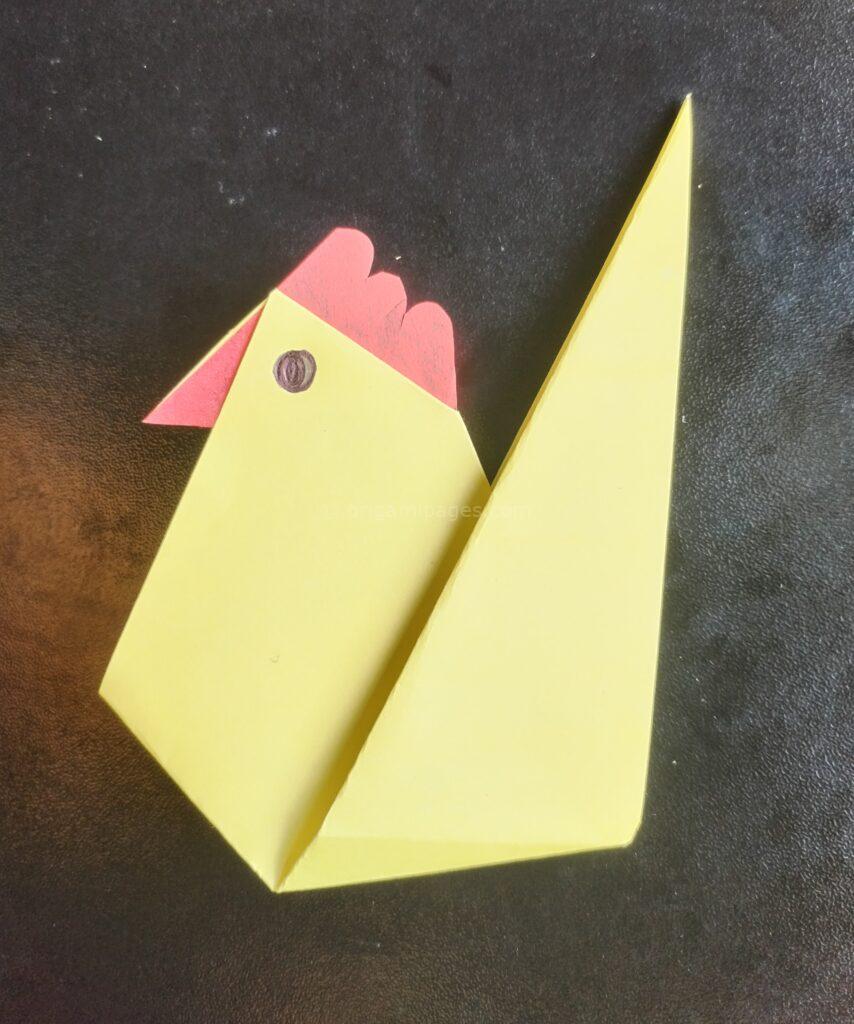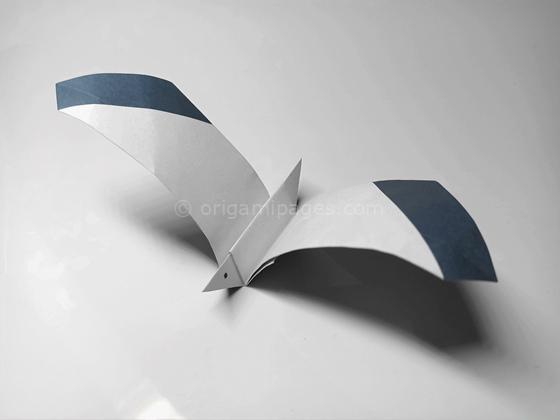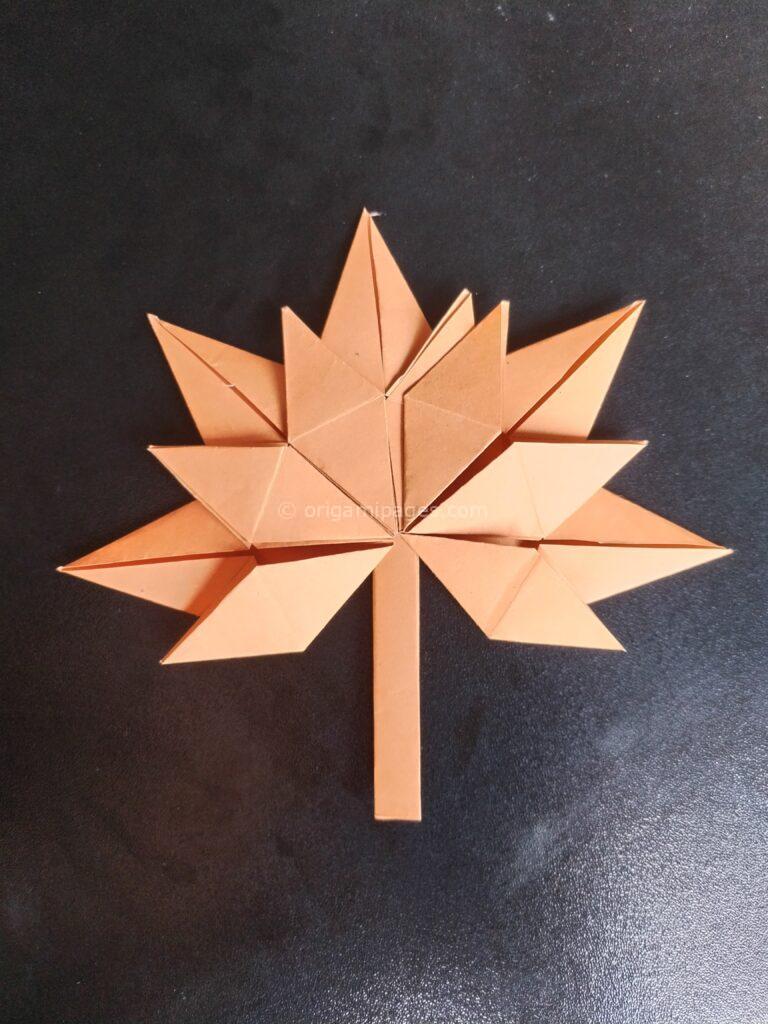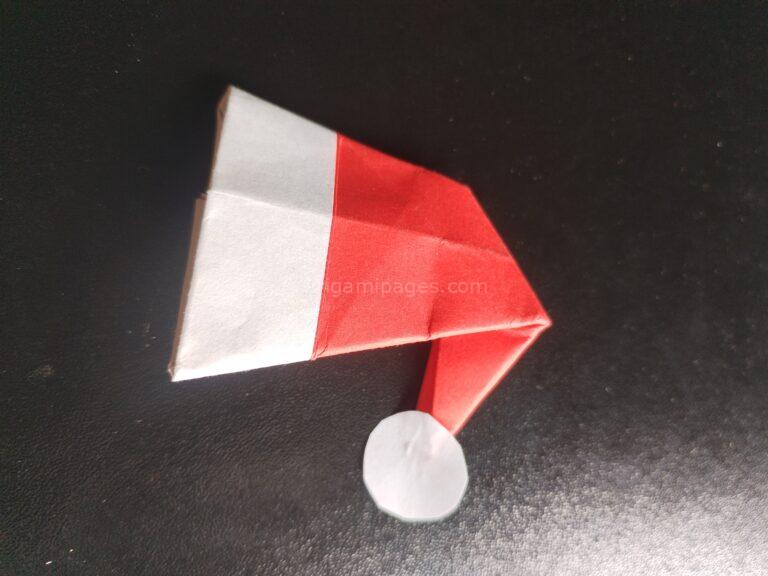17 Classic Origami Birds for All Skill Levels
Origami, the ancient art of paper folding, captivates people of all ages with its ability to transform a simple sheet of paper into beautiful and intricate shapes. Among these shapes, origami birds stand out for their elegance and charm. This article explores 17 classic origami birds categorized by skill level, providing you with essential techniques, tips, and resources to elevate your folding skills.
Understanding Origami Birds
Origami birds are paper creations that mimic real birds through precise folding techniques. This traditional art form emphasizes patience, precision, and creativity.
Key Terms
- Valley Fold: A fold where the paper is folded toward itself, creating a valley.
- Mountain Fold: The opposite of a valley fold, where the paper is folded away, forming a peak.
- Reverse Fold: A fold that allows you to change the direction of a flap to create shapes like wings or beaks.

Top 17 Classic Origami Birds for All Skill Levels
Origami birds come in various shapes and complexities, making them perfect for every skill level. Below are 17 classic models, categorized by difficulty, so you can choose the right challenge for you.
Beginner-Friendly Origami Birds
These designs are ideal for those new to origami, requiring only basic folds and techniques.
Origami Swan
An elegant choice for beginners, this model uses straightforward folds.

Simple Origami Bird
A perfect starter project that combines basic folds for a satisfying result.

Origami Dove
A quick model that symbolizes peace, created with just a few basic folds.

Origami Pelican
A cute and easy bird that helps beginners practice their folding skills.

Origami Chicken
A fun and simple model that introduces basic folding techniques.

Intermediate Origami Birds
For those with some experience in origami, these birds present a delightful challenge without being overwhelming.
Origami Flapping Bird
A playful model where the wings flap when you pull the tail, introducing movement to your designs.

Origami Pigeon
A step up in complexity, requiring more precise folds for its body and wings.

Traditional Origami Crane
A well-known symbol of peace, the crane requires multiple steps but is rewarding to master.

Origami Hummingbird
A charming model that adds an interesting twist with its elongated body and detailed wings.

Advanced Origami Birds
These intricate designs are perfect for seasoned folders seeking a challenge. They require advanced techniques and precision.
Origami Phoenix
A complex and majestic bird that involves several detailed folds.

Origami Owl
This model features detailed wings and facial features, making it a favorite among advanced folders.

Origami Parrot
Known for its long beak and tail, the parrot requires careful folding of multiple layers.

Origami Flamingo
With its distinctive neck and legs, this model presents a unique challenge for experienced folders.

Origami Peacock
This beautiful bird features intricate tail feathers and requires careful precision to create a stunning final design.

Expert Origami Birds
For those who have mastered the previous levels, these models are for you. They involve complex folds and design elements that challenge even the most skilled folders.
Origami Albatross
This large bird requires advanced folding techniques to capture its expansive wingspan.

Origami Bat
Though not a bird, this design uses similar folding techniques and adds a fun twist to your collection.

Origami Seagull
This model involves multiple steps to create a realistic flying pose, perfect for expert folders looking for a challenge.

Detailed Folding Techniques for Origami Birds
Creating beautiful origami birds requires more than just following instructions. Understanding and mastering specific folding techniques is essential for crafting intricate designs.
Basic Origami Folds for Beginners
Before diving into complex birds, mastering a few fundamental folds is crucial.
- Valley Fold: Fold the paper in half, creating a crease that resembles a valley. Commonly used in beginner models like the Origami Chicken and Swan.
- Mountain Fold: Fold the paper away from you, forming a peak. It complements valley folds and is vital for many designs.
- Squash Fold: Used in models like the Traditional Crane, this fold involves opening up part of the model and flattening it out, essential for creating unique shapes.
Intermediate Folds to Expand Your Skillset
Once comfortable with basic folds, practicing intermediate techniques will open up new possibilities.
- Inside Reverse Fold: This fold is essential for creating detailed features such as beaks or wings. It’s common in designs like the Origami Hummingbird.
- Outside Reverse Fold: Similar to the inside reverse fold but executed outward, often used in models like the Origami Pigeon.
Advanced Techniques for Complex Origami Birds
For seasoned folders, mastering advanced techniques adds depth and detail to your designs.
- Sink Fold: Common in intricate designs such as the Origami Owl, this fold involves tucking part of the model into itself.
- Crimp Fold: This fold allows for dynamic shapes, often seen in models like the Origami Flamingo or Peacock, giving a natural flow to the wings and tail.
Tips for Perfecting Your Origami Birds
Folding origami birds can be rewarding, but it’s important to avoid common pitfalls. Here are expert tips to ensure your birds turn out beautifully:
1. Take Your Time
Many beginners rush through the folding process. Precision is key in origami; taking your time ensures that each fold is crisp and accurate. If you’re struggling with a complex model like the Origami Phoenix, slow down and focus on each step.
2. Practice Basic Folds Regularly
Mastering the basics is essential for building confidence. Regular practice with simple models like the Origami Chicken or Swan will help develop the muscle memory needed for more complex designs.
3. Use the Right Paper Size and Thickness
Choosing the appropriate paper can make a significant difference. Thinner paper is ideal for detailed models, while thicker paper is better for simpler designs that require structure.
4. Use a Bone Folder for Crisp Edges
A bone folder can help create sharp creases that hold their shape, especially for more complex designs where precision is crucial.
5. Review Diagrams Carefully
Take the time to study origami diagrams before starting. This preparation is especially important for advanced models, ensuring a smoother folding process.
6. Practice Patience with Advanced Models
Models like the Origami Albatross or Seagull can take considerable time. If you feel frustrated, take a break and return later with a fresh perspective.
Summary and Final Thoughts
Origami birds provide endless opportunities for creativity and learning. From simple designs like the Origami Chicken to intricate models such as the Origami Phoenix, there’s a bird for everyone. By mastering essential folding techniques, practicing regularly, and approaching challenges with patience, you can create stunning paper birds that inspire and delight.
So, gather your paper, choose your bird, and embark on your origami journey!
This version includes the requested birds and is organized by skill levels, providing a comprehensive guide for all origami enthusiasts. Let me know if you need any further adjustments!







